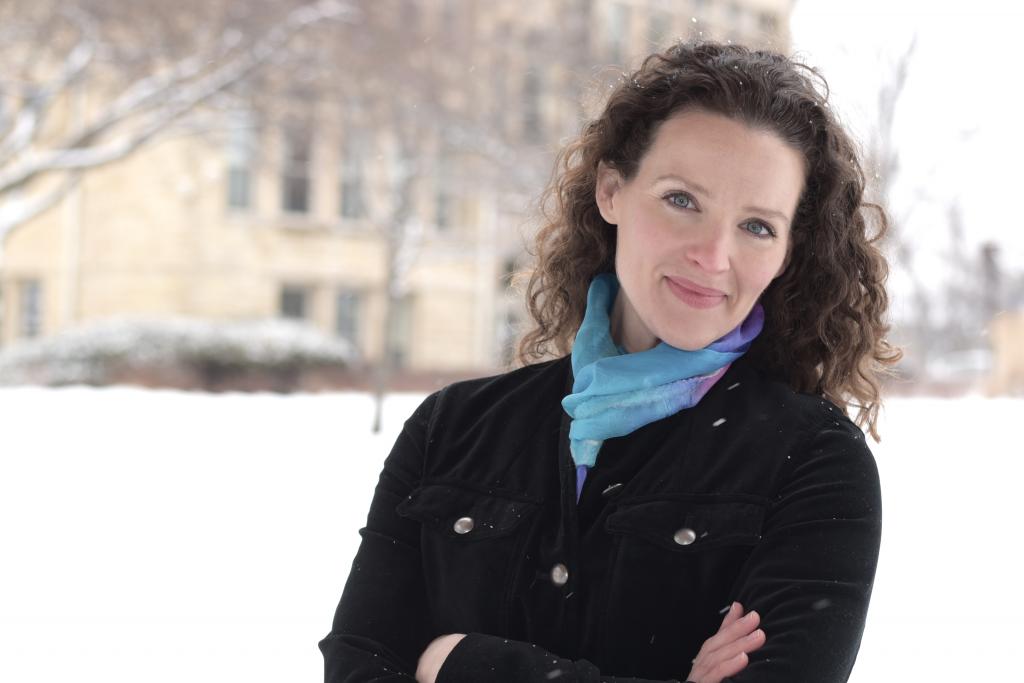
Subhead
Symptoms, Causes, and Remedies
I’ve tried countless creams with no results until I finally decided to see a specialist to get rid of spider veins. Sclerotherapy worked wonders for me—it’s minimally invasive and the recovery was quick. It’s worth exploring for anyone tired of ineffective home remedies
Use coconut oil and the veins will lessen or disappear
Do you mean use the coconut oil as a topical or ingest it?
I was told I had varicose veins. It was scary before everything. I heard from my friends that this product works. So I decided to buy dermal md varicose vein serum and provide it a try. I do not know if it was a coincidence, but the first time I used it, I felt better. This product is brilliant!✅
I developed some varicose veins during pregnancy, varicose veins of dermal md improved my circulation, the veins became less noticeable and the throbbing pain was eliminated. I have gone off them a few times but shortly there after my symptoms returned.
Who gets varicose veins? Age and hereditary qualities are the most well-known danger factors, however there are a couple of others to consider.
Age: Veins lose versatility and debilitate as we age, making blood pool and veins to swell. Over 40% of ladies more than age 50 and 75% of ladies over age 70 have varicose veins.
Hereditary qualities: Well, you can at long last fault your mother for something! The manner in which your vein dividers or valve working work runs in families.
Sex: Women are more inclined to the condition, which is accepted to be connected to pregnancy with additional weight, more noteworthy stomach pressure, and expanded blood stream. Hormonal changes likewise causes veins to expand. Chemical substitution treatment and contraception pills appear to build your shots at fostering the condition.
Corpulence: More weight squeezes your leg veins. Decently overweight ladies are bound to have varicose veins than their more slender partners, and the danger is significantly increased in stout ladies.
Inactive Lifestyle: Lack of action eases back blood stream.
Occupation: Having some work that requires delayed standing is a danger factor. Ladies who spend over 75% of their functioning time standing or strolling are bound to have varicose veins than others.
HOME REMEDIES FOR VARICOSE VEINS AND SPIDER VEINS
While it's impractical to "fix" them totally, there are a few home solutions for varicose and bug veins, including:
Development! Power yourself to get up like clockwork to 60 minutes. Abstain from standing by or representing significant stretches.
Exercise! Exercise! Exercise! Indeed, even an every day 30-minute lively walk can assist with further developing course, tone lower leg muscles, ease pressure, and decrease growing—just as help a sound weight.
Put your feet up. When very still, lift the legs. Raising your legs over the level of your heart offers your veins a reprieve as they don't need to neutralize gravity.
Put resources into pressure stockings, which can help in constriction of the veins and muscles in the legs to build blood stream. For gentle indications, standard help stockings or over-the-counter pressure stockings should help. For more extreme manifestations, your wellbeing expert will recommend an uncommon stocking.
Increment fiber in diet. This implies joining all the more entire grains like wheat, in addition to foods grown from the ground. Eating fiber lessens the odds of blockage.
Diminish salt admission. Eating less salt can assist with the expanding that accompanies varicose veins.
Lose the high heels. They put unnecessary weight on your legs.
Try not to tight dress around the midsection and legs
Varicose and arachnid veins are comparative, yet not the very same thing. Here's the distinction between them, as far as appearance:
Varicose veins show up as intense, ribbonlike cylinders that push against the skin, giving a raised, effervescent impact in shades of blue and purple.
Arachnid veins look more like leafless tree appendages that sit just underneath the skin's surface, shaping thick groups in reds and blues.
Vein illness perhaps the most widely recognized infection measures is underdiagnosed and under-treated. It is more not unexpected than coronary illness and fringe blood vessel sickness consolidated.
With propels in phlebology, the determination, and treatment of vein infection, there is no requirement for you to defer assessment and treatment. In light of that idea, I need to share an arrangement on remarks from my patients with varicose and bug veins.
I didn't previously know that genetics can play a role in the growth of varicose veins in my legs. I've recently noticed that huge veins have started popping out of my legs and I am unsure what I should do about it. Maybe it might be good to consult a specialist about this next week.
The surgery requires the surgeon to open the chest to access the heart. The most common type of open-heart operation is a coronary artery bypass. The coronary arteries supply the heart of blood. If the arteries become blocked or narrowed due to cardiovascular problems, an individual may be at risk of a heart attack. The operation involves going for a healthy blood vessel from another area of the boding using it to bypass the obstructed blood vessels.
- « Previous
- 1
- 2
- …
- 10
- Next »









Comments